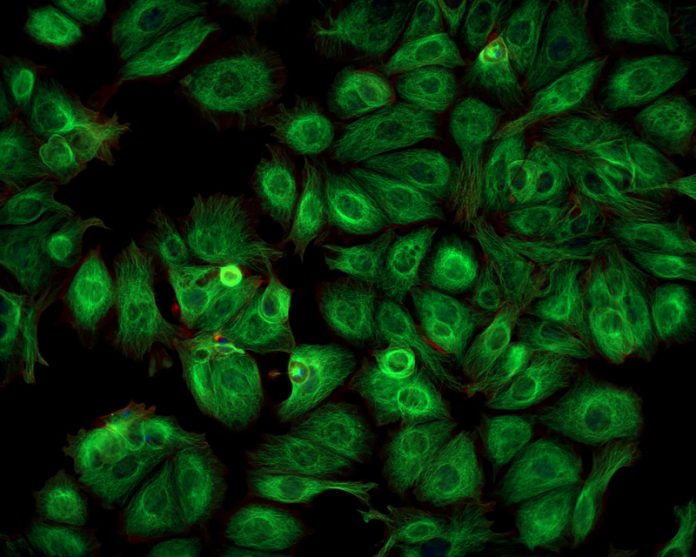Researchers at the National Institutes of Health (NIH) have used genomics to set apart squamous cancer cells (SCCs) from other cancers. This could improve treatments for head and neck cancers
By repurposing the use of pre-gathered data of SCCs from the head, neck, lung, esophagus, cervix and bladder, the researchers were able to define characteristics of SCCs which linked to tobacco use and the human papillomavirus (HPV) infection.
The study showed that cancers affected these areas had similar genomic features that set them apart from other types of cancers, paving the way for new avenues of research.
To collect the results, the study needed to use an array of new analytic tools which were used to address the similarities and differences among the SCCs found. Using the PanCancer Atlas, the scientists were able to create a visual cluster of tumours using genomic data from 1,400 SCC samples.
Current treatments for head and neck related cancers can often cause austere problems with functionality of those areas. According to the NCI, Tobacco use is one of the main culprits for cancers in the head and neck. Similarly, certain types of HPV – such as HPV type 16 – have also been found to contribute towards head and neck cancers.
In recent years, the number of HPV-related cancer incidents has grown dramatically.
However, the discovery outlined in the paper, will help scientists and researchers to develop suitable approaches to tackle these specific cancers types.
The study was fronted by Carter Van Waes, M.D., Ph.D., and his colleague Zhong Chen, M.D., Ph.D. from the Head and Neck Surgery Branch of NIH’s National Institute on Deafness and Other Communication Disorders (NIDCD). The researchers collaborated with The Cancer Genome Atlas (TCGA) consortium to produce the findings.
Carter Van Waes, M.D., Ph.D. said:
“We need better ways to treat head and neck cancers so we can preserve patients’ voices and improve their quality of life. These findings provide us with important insights into these cancers and some squamous cell cancers in other areas of the body that will help us target pathways for prevention and treatment.”











